

Island beauties, surfing, and breathtaking landscapes – the laid-back US state of Hawaii with its main islands Kauai, Oahu, Molokai, Maui, Lanai, and Big Island is truly a paradise. So hang a flower lei around your neck and follow us to the islands of happiness!
| Capital: | Honolulu |
| Area: | about 28,000 km² (including land area approx. 16,600 km²) |
| Population: | about 1.4 million |
| Location | West of the North American continent in the Pacific Ocean |
| Nickname: | The Aloha State |
| State animal: | Reef triggerfish |
| Time zone: | UTC -10 (HAST) |
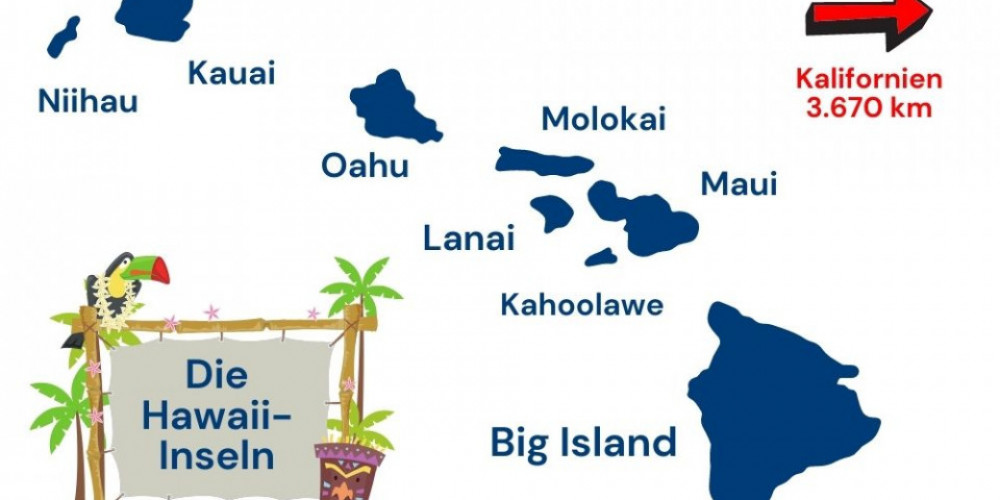
The Hawaiian Islands became the 50th and to date youngest state of the USA in 1959. Far from the American continent, they lie about 3,670 kilometers west of California in the middle of the Pacific Ocean.
Hawaii belongs to the South Sea Islands and marks the northern tip of the Polynesian triangle. Due to its location in the middle of the Pacific Ocean, the archipelago has been shaped by influences from East Asia and North America and its own Polynesian culture.
Around 1.4 million people are lucky enough to call the island paradise of Hawaii their home state. However, there are usually many more people on the islands: according to the local tourism authority, over 10 million visitors had the sun shine on their skin in beautiful Hawaii in 2019.
Besides English, people also speak Hawaiian (ʻŌlelo Hawaiʻi), the melodious language of the Polynesian natives of Hawaii.
In total, the archipelago of Hawaii includes 137 islands. But only seven of them are inhabited. Most often, however, people talk about the six main Hawaiian Islands: Maui, Kauai, Oahu, Molokai, Lanai, and Big Island. They are the largest of the Hawaiian Islands and are open to tourism.
These are the six main islands as well as two other interesting spots of Hawaii:
Hawaii (Hawaiian spelling: Hawai'i) or Big Island is by far the largest of the islands and still growing. Lava from the Kilauea volcano causes the island's southeast side to expand by about a ton of land each year.
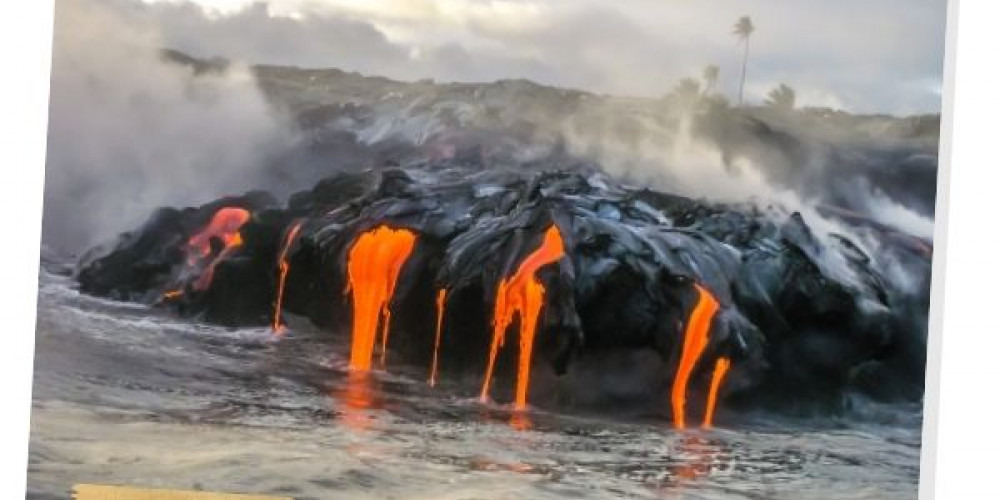
80% of the Hawaiian population lives on the island of Oahu (Hawaiian spelling: O'ahu), where Honolulu, the capital of Hawaii, with the notorious Waikiki Beach is located.
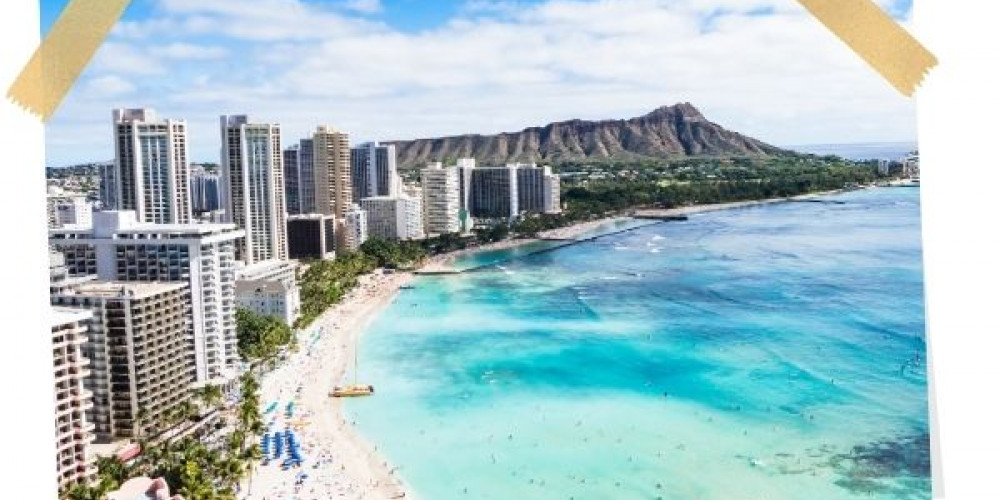
Kauai (Hawaiian spelling: Kaua'i) consists of 97% uncultivated mountain ranges and rainforests. The island is known for abundant rainfall, making it the "second wettest place on earth."
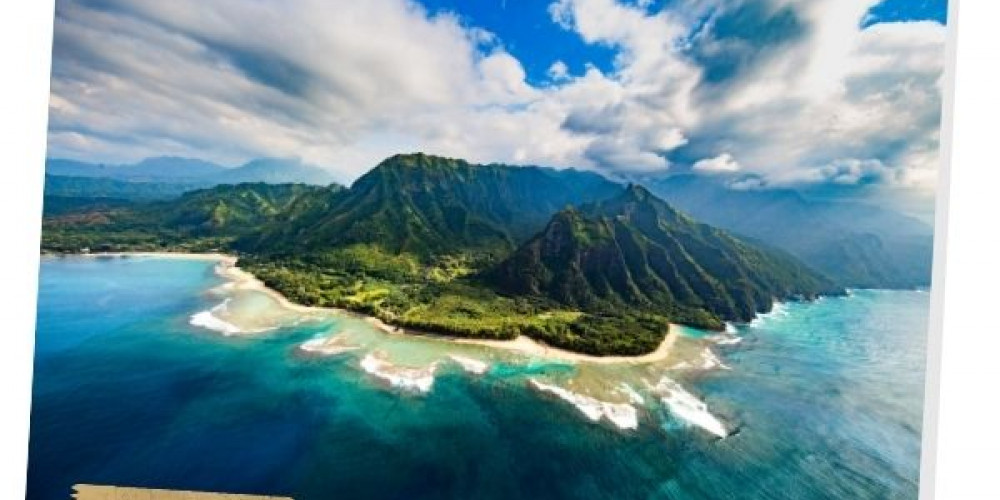
The island of Lanai (Hawaiian spelling: Lana'i) is famous for its huge pineapple plantations. For some time, about 75% of the world's pineapple production came from Lanai.
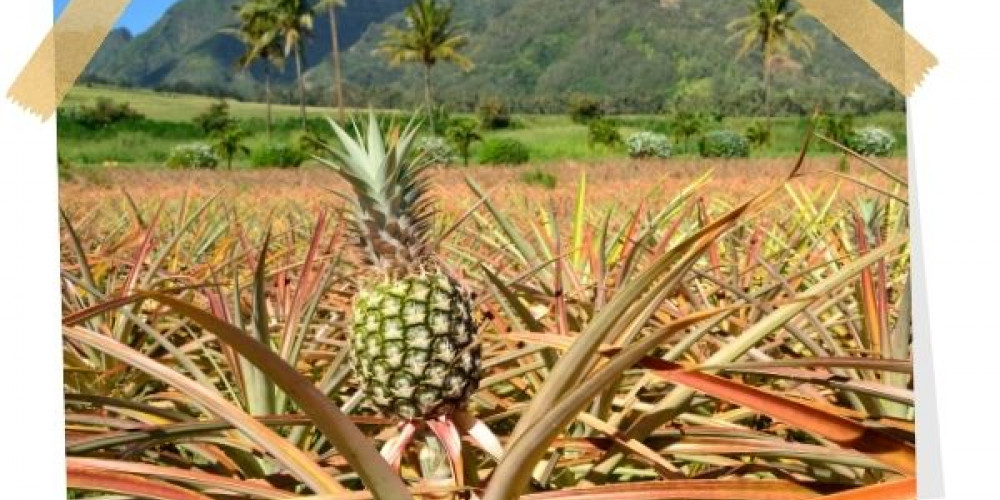
Molokai (Hawaiian spelling: Moloka'i) is characterized by a relaxed lifestyle, as the island is still little developed for tourism. Many say that this is why the islanders here are the friendliest.
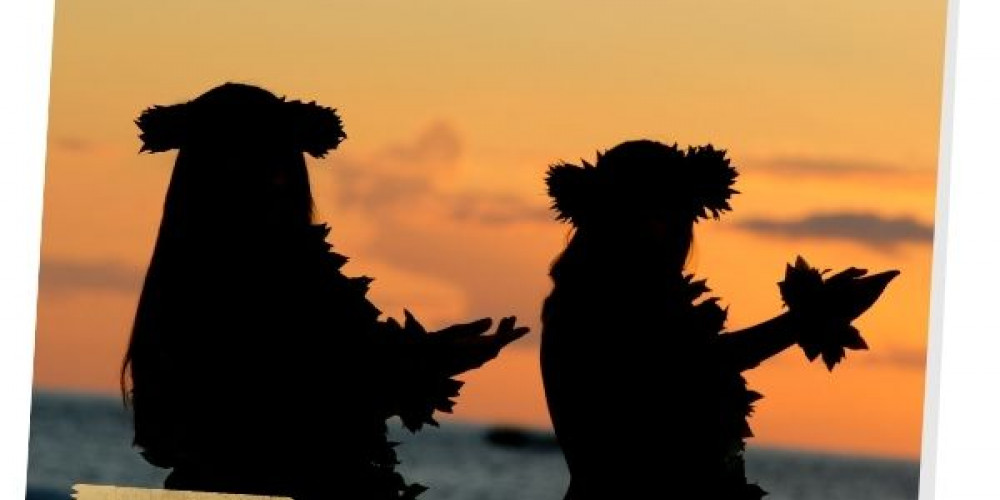
The second largest Hawaiian island Maui is shaped by volcanic formations and a long valley. The name Maui goes back to a Polynesian demigod and means "who brought fire to the people."
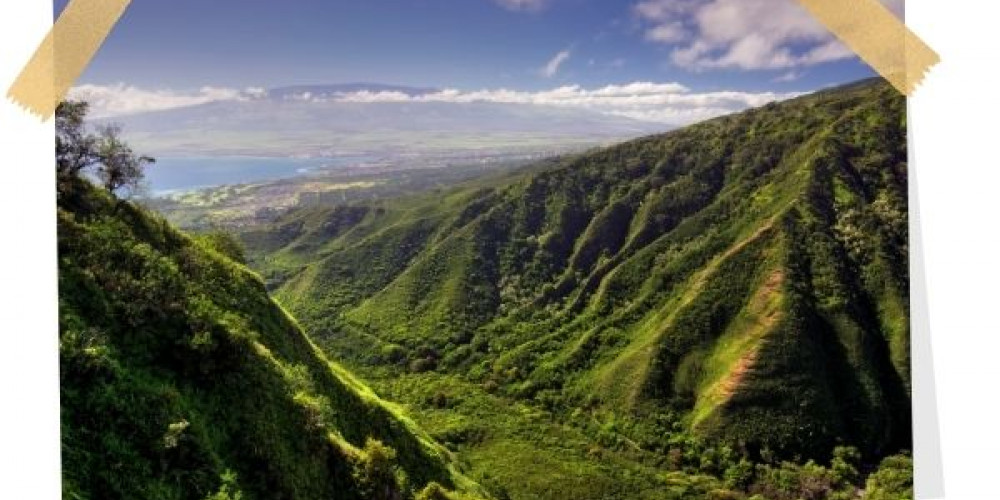
Niihau (Hawaiian spelling: Ni'ihau) is called the Forbidden Island because it is generally accessible only to island owners and their relatives, the US military, and government officials. Only a few supervised tours and hunting safaris take tourists to Niihau.
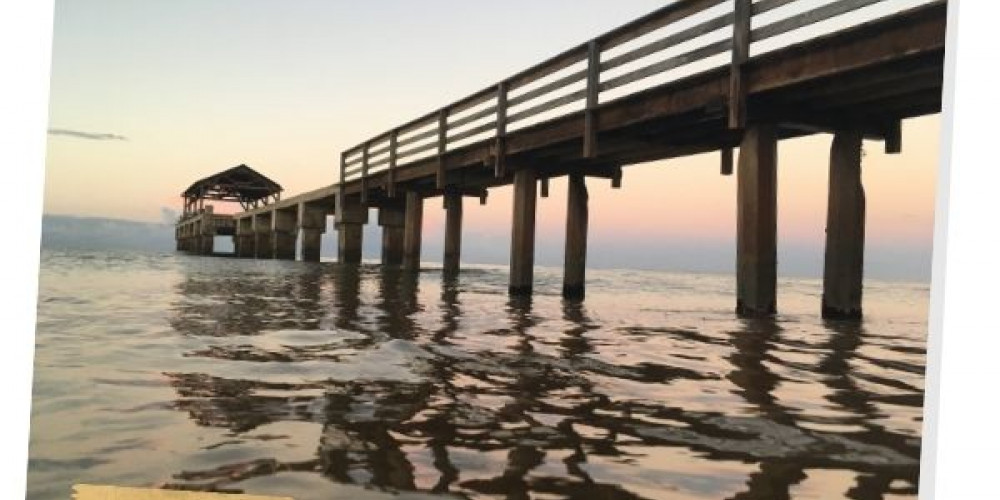
Kahoolawe (Hawaiian spelling: Kaho'olawe) is a small and uninhabited island near Maui. During World War II, it was used as a training area by the US military. To this day, it is not accessible to the public.
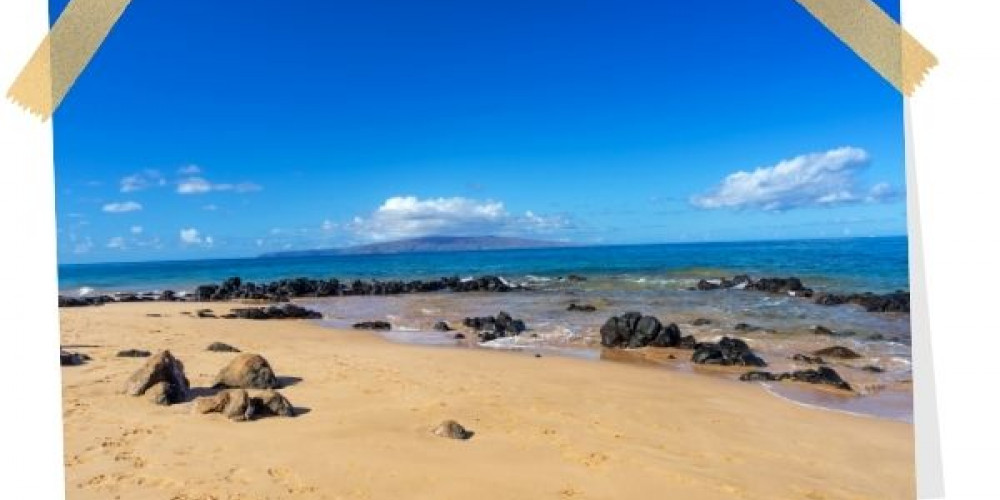
The island of Oahu is rightly called The Gathering Place. Almost all the major cities in Hawaii can be found here, especially in the southern part around the capital Honolulu.
The largest cities in Hawaii by population are:
| City | Population | Island |
|---|---|---|
| Honolulu | 337,000 | Oahu |
| East Honolulu | 50,000 | Oahu |
| Pearl City | 48,000 | Oahu |
| Hilo | 43,000 | Big Island |
| Kailua | 39,000 | Oahu |
The Hawaiian Islands enchant visitors with a breathtaking landscape and a year-round warm climate. Since the average temperatures in Hawaii vary between a maximum of 32°C in the summer months and a minimum of 18°C in the winter months, you can safely ban warm clothes from your luggage.
Geologically, the Hawaiian Islands are considered to be somewhat of a newcomer. All the islands are of volcanic origin. Their formation began around 70 to 80 million years ago thanks to a "hot spot" in the Earth's core, through which lava gradually reached the surface and formed new land.
The volcanic activity on the Big Island, which is still growing, is unique in the world. Three active volcanoes are bubbling in the south of the largest and youngest Hawaiian island: Mauna Loa, Kilauea, and the submarine volcano Loihi. Kilauea emerged from the sea only 50,000 years ago and is today considered the most active volcano on Earth.
The fertile volcanic rock of the extinct fire mountains became the breeding ground for lush vegetation and impressive rock formations and coasts on all Hawaiian Islands. Whoever travels to Hawaii will hardly be able to decide which natural spectacle he should turn his gaze to first!
The question of when best to travel to Hawaii can be answered very quickly in the case of the Aloha State: ALWAYS!
Sun, beach, surfing - since hot temperatures prevail all year round in the state of Hawaii, the bikini is in high season all the time. A special highlight awaits sports fans at the beginning of October when the legendary Hawaii triathlon "Iron Man" takes place on Oahu.
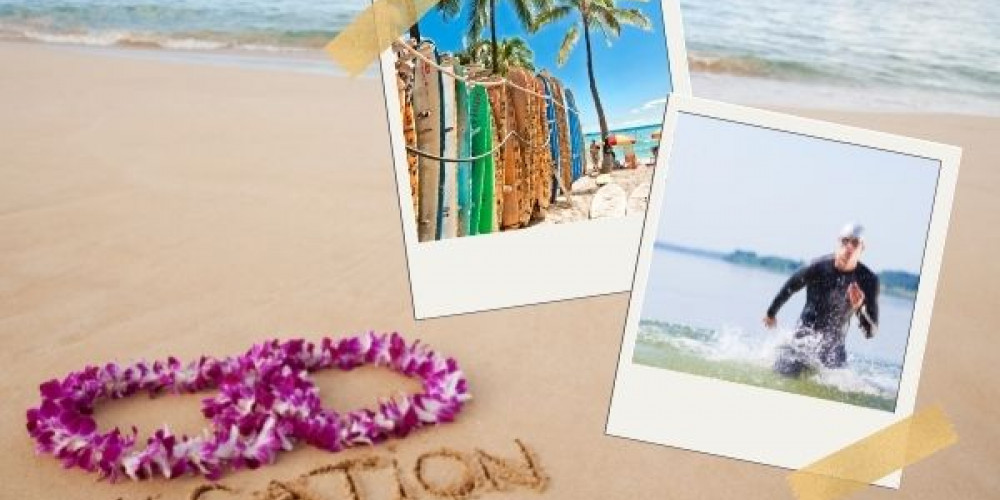
Winter in the sunny island paradise of Hawaii? Unfortunately, you've landed in the wrong US state: with minimum temperatures of 19°C, winter in Hawaii is more like a warm spring. The Hawaiian Islands are just the right place for those who want to escape the winter at home.
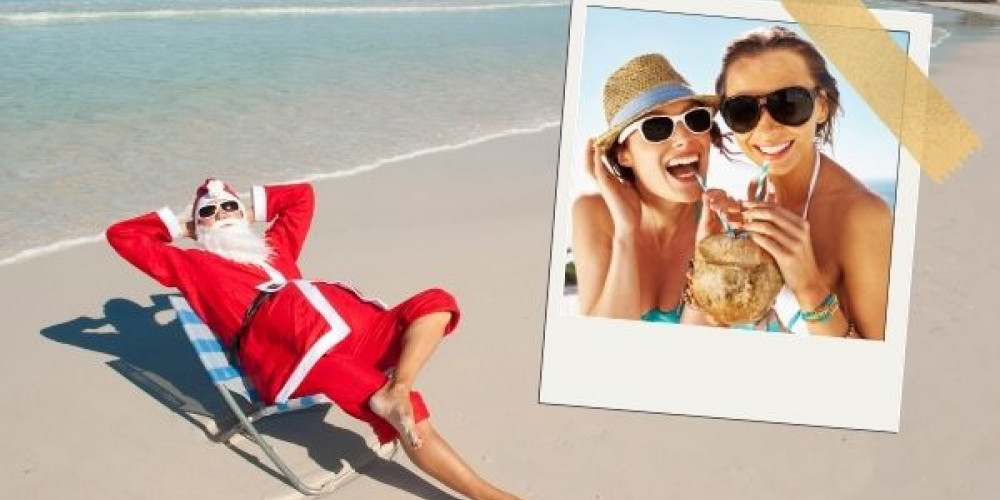
Even though Hawaii is always worth a visit: to avoid larger crowds of tourists, you should rather not travel during the time of the American vacations (June to August) as well as during the Christmas season. For Europeans, the month of November is perfect. On the one hand, you can escape the gray skies in your home country, and on the other hand, the accommodations on the Hawaiian Islands are cheaper than usual.
Hawaii is literally at the other end of the world: if you want to travel from Europe to Hawaii, you have to anticipate a flight time of at least 18 to 24 hours, depending on how many stopovers you make. Most flights to Hawaii include one or two transfers on the US mainland. Many flight connections to Hawaii run via Los Angeles.
There are three international airports in Hawaii: the largest among them is located near Honolulu on the island of Oahu. Two other international airports can be found on Big Island:
Each of the six main islands also has at least one smaller commercial airport. In addition, there are several airfields operated by the US military.
If you book in due time (i.e., a few weeks in advance), you should budget around 1,000 euros for a two-way flight between Europe and Hawaii.
Yes, a flight to Hawaii is long. And not very cheap. But it's worth it!
Citizens of Visa Waiver Program countries (including most European countries, Canada and Australia) do not need to apply for a US visa but can get to Hawaii rather easily and comparatively cheap with an ESTA travel authorization.
With an ESTA, you can stay 90 days visa-free in the USA. Apply online now!
A major part of all Hawaii travelers arrives at Honolulu International Airport. From there, you can get to your accommodation with a shuttle, a cab, or using Hawaii's public transportation system.
If you want to explore the island independently anyway, taking a rental car is a good idea. You can get one directly at the airport, or you can book it online in advance.
Nature lovers have come to the right place in Hawaii. The Hawaiian landscapes are so diverse and impressive that there is actually a natural spectacle to see at every corner. Two regions are so unique that they became Hawaii's national parks.
The Hawaii Volcanoes National Park, which covers an area of around 1348 km², is located in the southeast of Big Island and has been a UNESCO World Heritage Site since 1987. Here, you can observe how new land is being created because the Kilauea volcano is literally a "long-term success." Since 1983, lava has been flowing continuously from its vent! However, the lava flows so slowly that it hardly poses a danger if you keep a safe distance. Particularly daring people can approach the place where lava and sea meet from the water in a kayak.
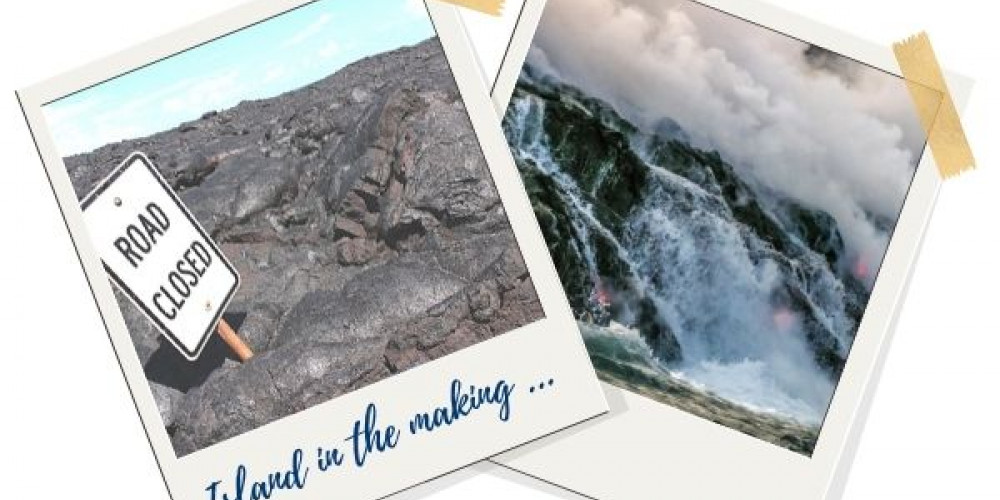
Haleakala National Park is located on the island of Maui and is named after the dormant volcano Haleakala (meaning "House of the Sun"). The imposing crater of the volcano is one of the largest on Earth, measuring about 34 km in circumference. Those who make an effort to climb to the top of the mountain very early will be rewarded with a spectacular sunrise. But the late risers can also count on an impressive sunset.
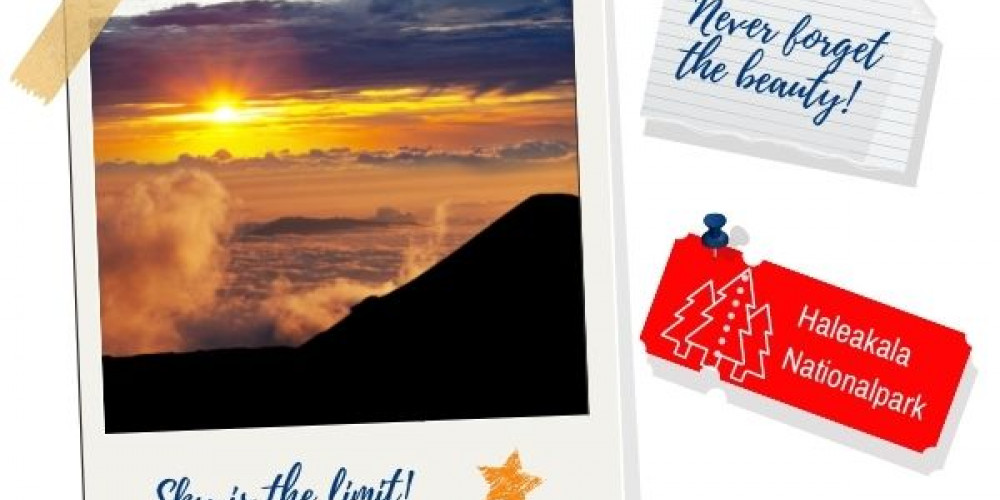
Apart from the two national parks, the Hawaiian Islands have so many other fascinating natural beauties to offer that it's really hard to choose between them. The following Hawaii highlights, however, are guaranteed to take your breath away!
Na Pali means "high cliffs" and this is exactly what the observer experiences on the 26 km long coast in the north of Kauai. The spectacular formations rise up to 1,200 m – an absolute Hawaii highlight that can be enjoyed while hiking or from a boat or helicopter. Make sure to have your camera handy!
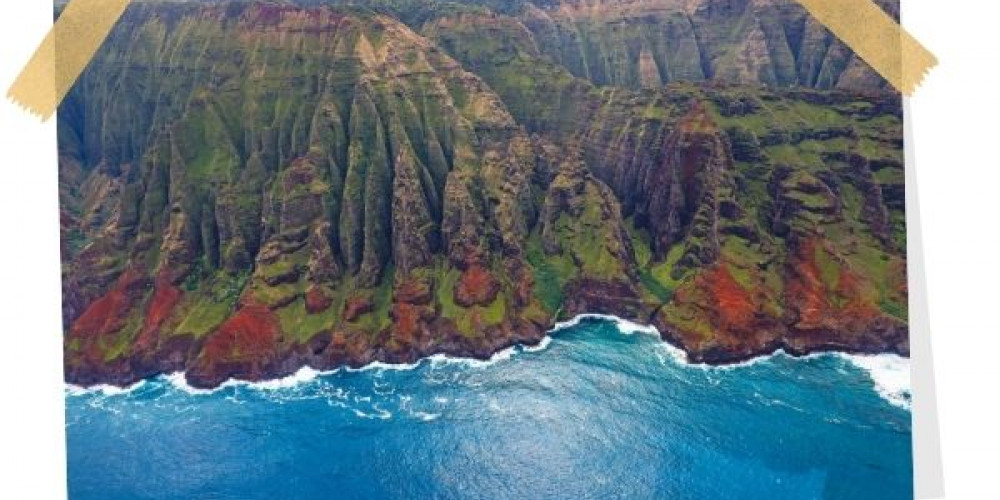
To enjoy the view from Koko Head, you must first invest some sweat and muscle power. The path up to Coco Crater runs almost dead straight and with a considerable incline on disused railroad tracks. But when you reach a height of 300 m and gaze out over the island of Oahu, you'll realize that the effort was more than worth it.
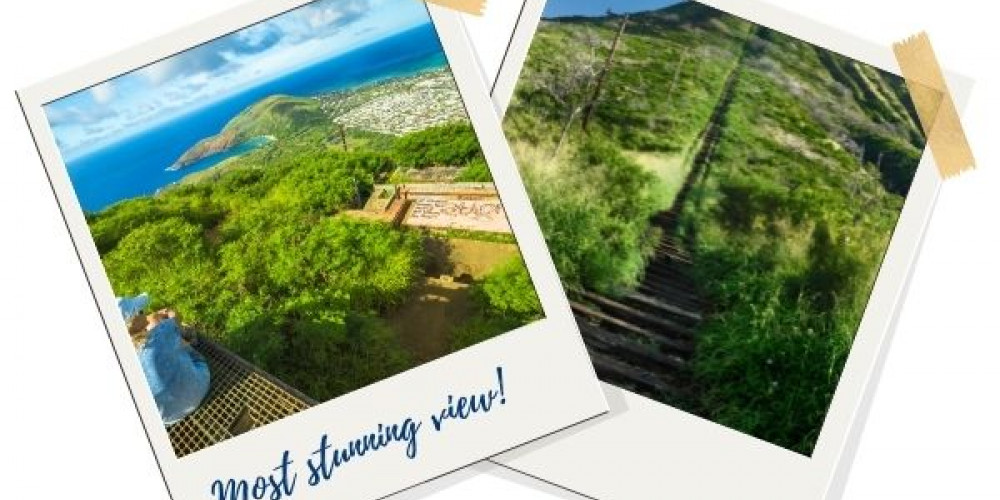
Hawaii's national sport, surfing, is practiced all over the islands. But only the bravest surfers venture to The Jaws. At this beach in the north of the island of Maui, the surf is particularly big and fierce. Here, you can watch professional surfers get pulled into waves of more than 20 m.
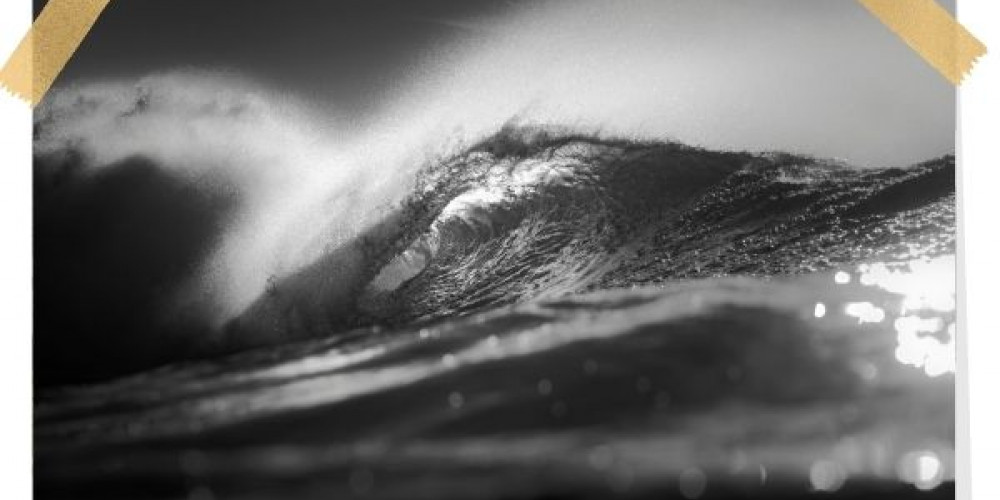
The peak of Waiʻaleʻale on Kauai has a tropical rainforest climate. More than that, it is considered one of the rainiest spots on Earth. Spectacular waterfalls plunge into the depths at the caldera of the extinct volcano. The phenomenon is also known as the "Wall of tears."
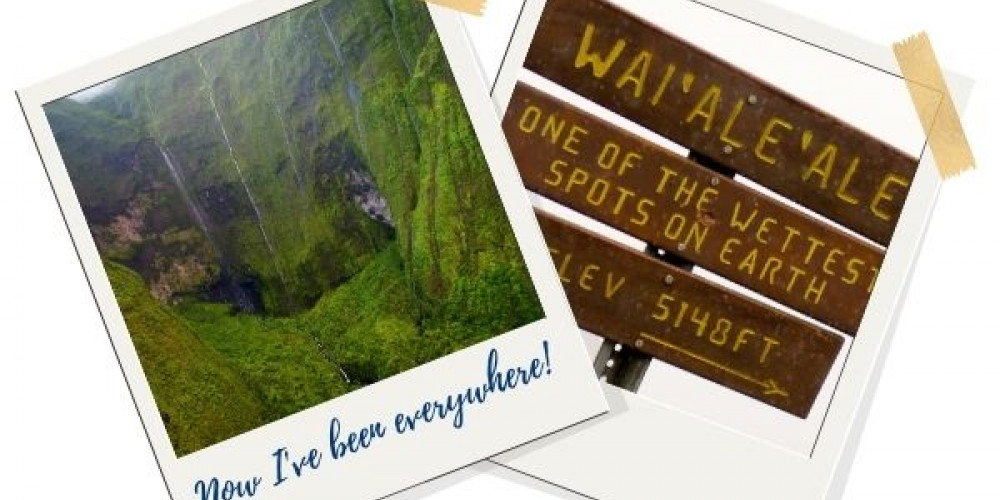
Beaches, viewpoints, hiking areas, culture & history: these places in Hawaii are more than worth landing on your travel list.
While the Hawaiian Islands are known more for a laid-back lifestyle than city breaks, two places radiate a little urban charm.
Honolulu means as much as "protected bay". The capital of the state of Hawaii on the south coast of Oahu is the most populous city on the islands as well as the most popular tourist destination. When you take a break from surfing at the world-famous Waikiki Beach, you can also enjoy all kinds of cultural highlights here.
These are the city highlights you should see in Honolulu:
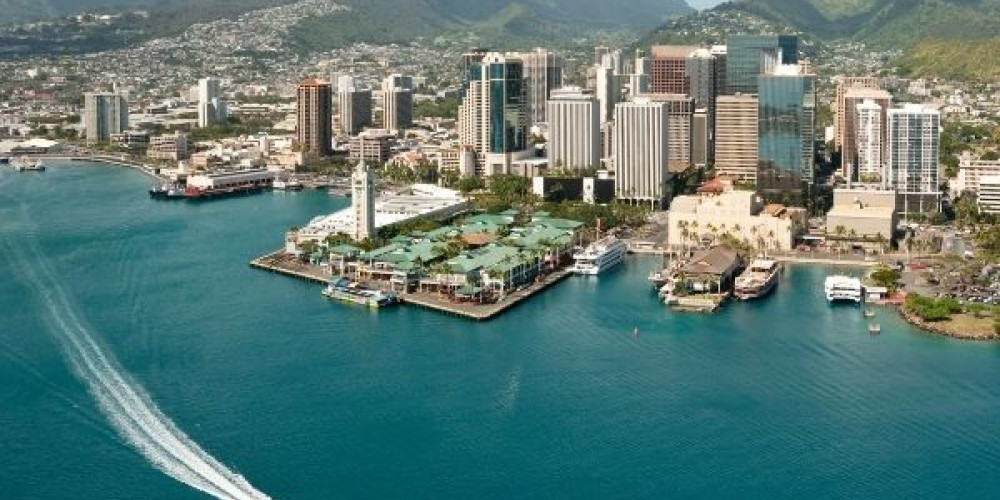
Hilo is the largest city on the Big Island. The town lies directly at the foot of two volcanoes, the active Mauna Loa and the dormant Mauna Kea. It is home to the University of Hawaii at Hilo and the Imiloa Astronomy Center. After Easter, the town hosts the Merrie Monarch Festival, which celebrates ancient and modern hula dancing.
These are the city highlights you should see in Hilo:
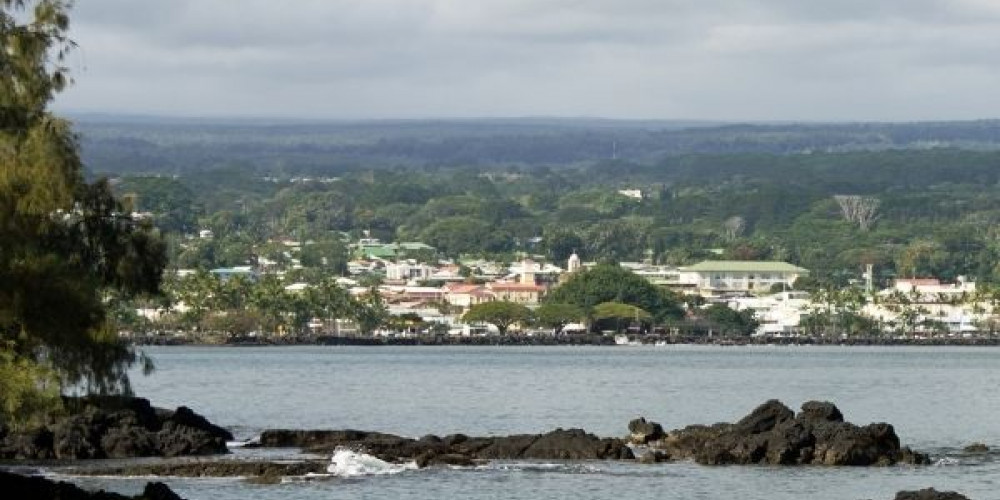
If you are going on a long trip to Hawaii, you usually don't want to stay on one of the islands all the time. Each of the six main islands has at least one airport, so you can easily change islands within an hour by plane.
With Hawaiian Airlines or Island Air, you can get island-to-island flights from about $100. An additional $25 may be added for each piece of luggage.
There is no real alternative to flights in Hawaii. The only ferry connection operates on the route between Maui and Lanai
We highly recommend exploring the Hawaiian coasts and sights from the water. On all Hawaiian islands, you have the opportunity to do so. For example, you can go snorkeling or whale watching on Oahu, circle Maui by sailboat, marvel at the spectacular Na Pali coastline on a boat tour around Kauai, or watch the lava streams flow into the sea on Big Island.
A truly spectacular view of the rock formations of Kauai or Maui is offered to you from the bird's eye view. Even though a 1-hour sightseeing flight usually costs you between $150 and $350, it's still a worthwhile investment. How often do you get to Hawaii anyway?
Even if the decision was more than difficult for us, we have found the five perfect settings for your Instagram vacation greetings from Hawaii.
Curtain up for our top 5 Instagram hotspots in Hawaii:
In Hawaiian cuisine, influences of many different groups of immigrants come together. A lot of fish is used, but also meat and vegetables. Dishes prepared from the plant taro are also widespread in Hawaii.
Some typical Hawaiian dishes are:
You just can't know enough about Hawaii? These facts will make you wonder (or smile):
Would you like to wake up every morning to the sound of the ocean and ukuleles? The following information will be useful to you if you are thinking about immigrating to the USA.
Jobs in Hawaii are mainly to be found in the restaurant and tourism industry. However, many jobs here are only seasonal.
Those who are highly qualified and have specialized knowledge usually have a good chance of finding a rewarding job, as is the case everywhere in the USA.
If you do manage to land a job in Hawaii, it's time to embrace the aloha philosophy: in Hawaii, life comes first, then work!
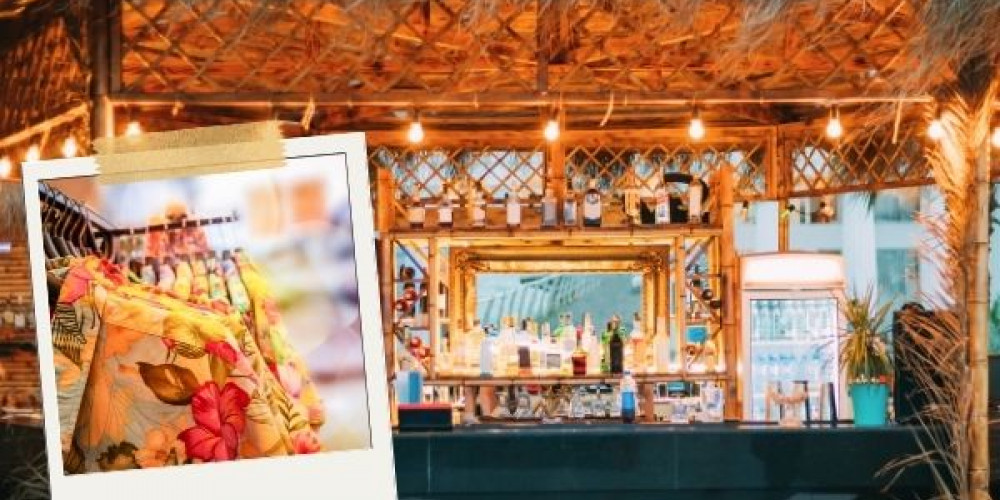
Beauty has its price! Living in Hawaii is relatively expensive compared to the other US states. According to the Cost of Living Index, you can expect costs to be about 75% higher in the Aloha State than in the rest of the US on average.
Rent, food, and other everyday products, in particular, are not cheap. This is no surprise since anything that is not produced on the islands has to be transported a long way.
Honolulu is even the second most expensive city in the USA after New York City.
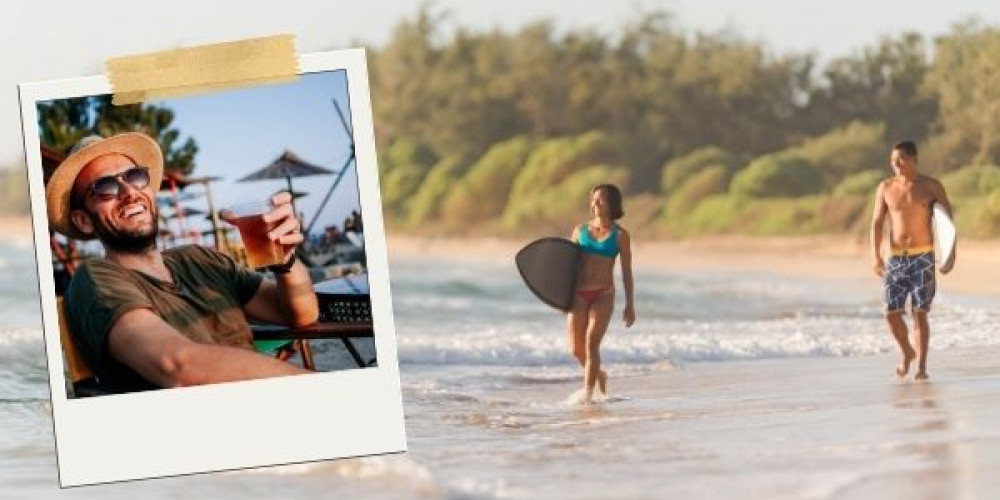
Hawaii forever? Simply flying to the island, looking for a job, and staying will not do, unfortunately, as it is rather difficult to get a work visa for the USA. However, the Green Card Lottery offers you excellent chances to win the Green Card, and thus permanent residence in the United States.
We keep our fingers crossed and say: Mahalo!